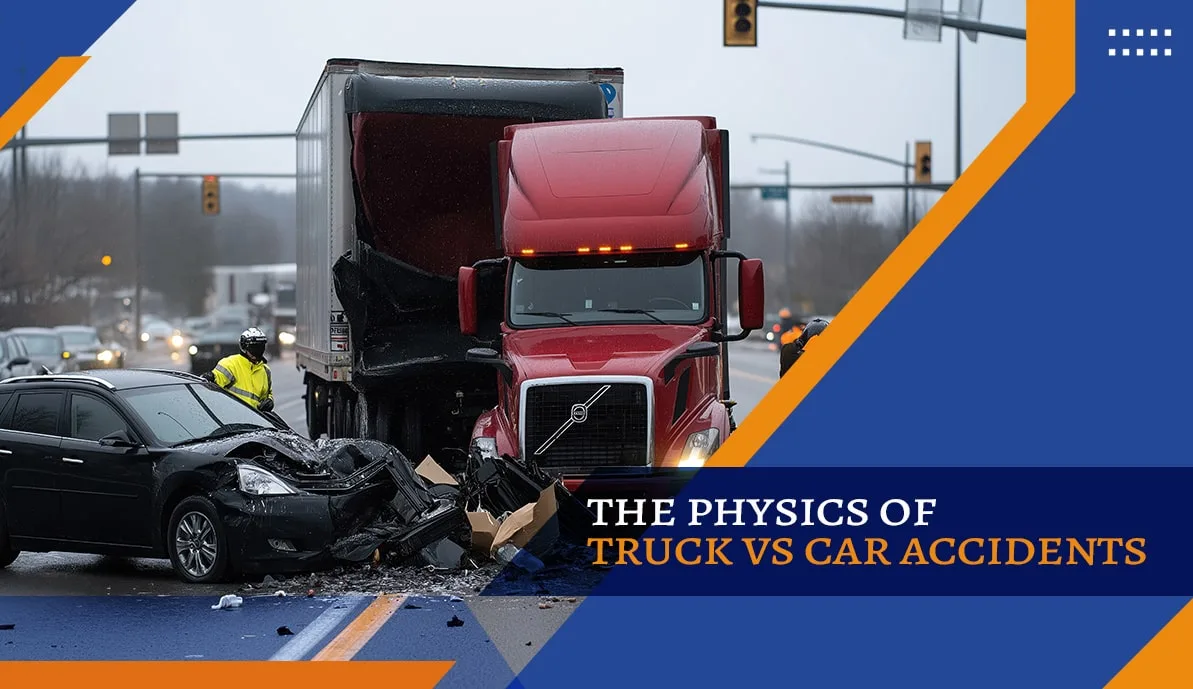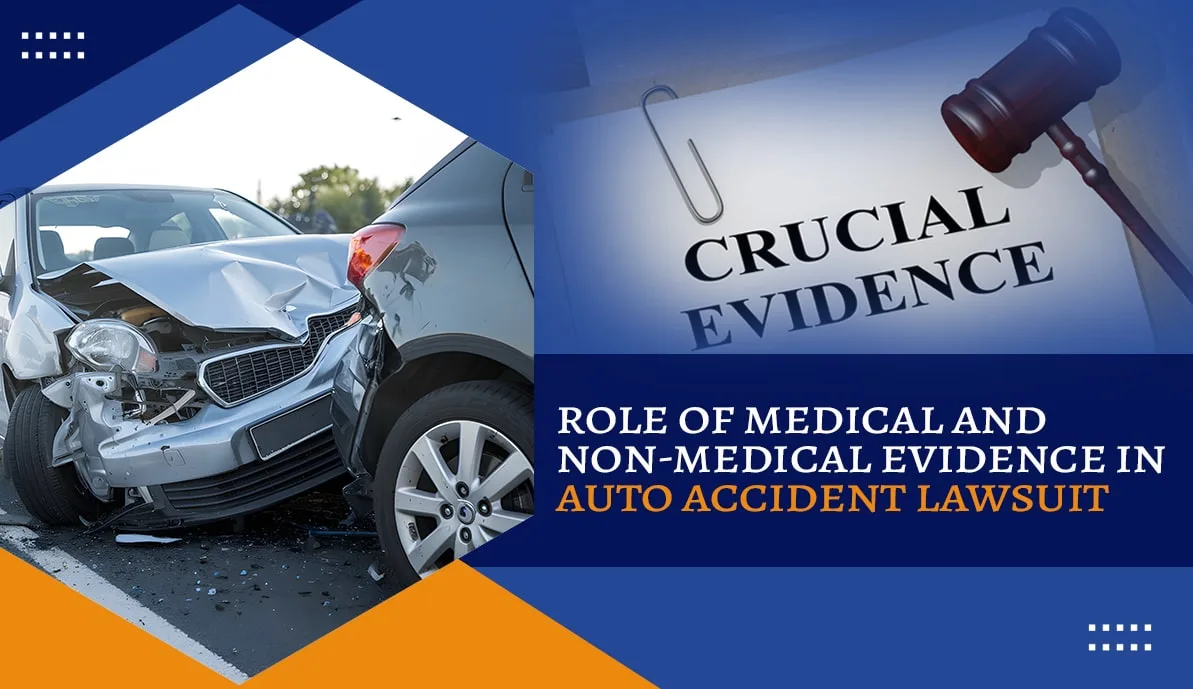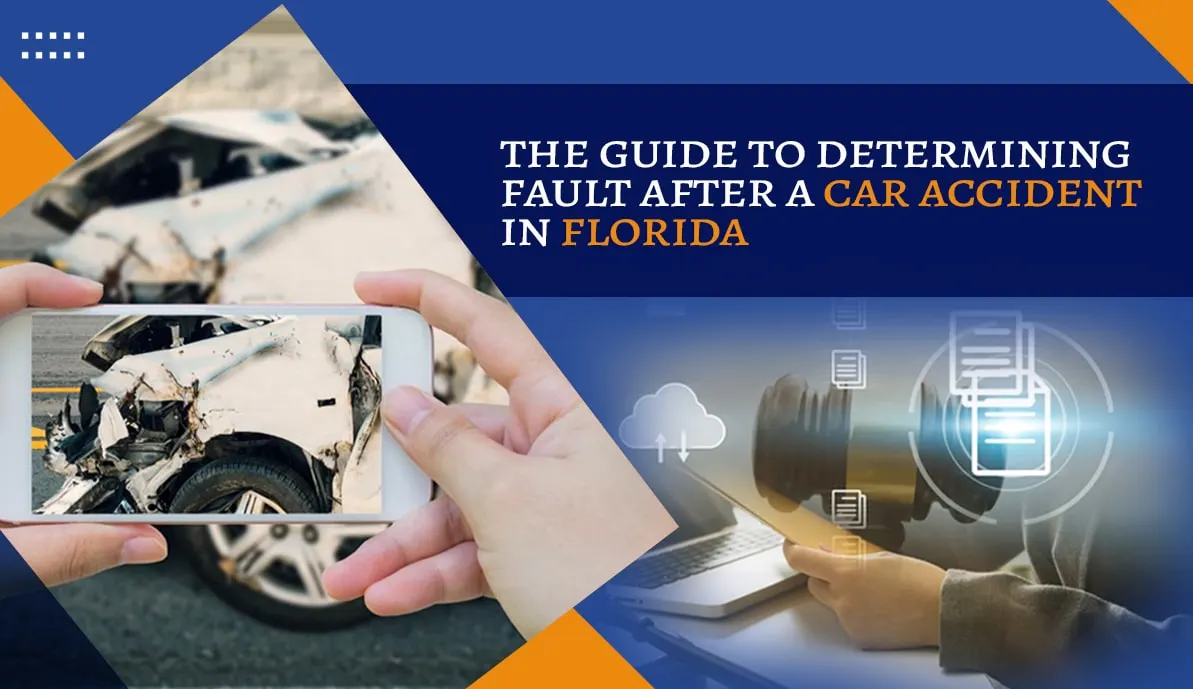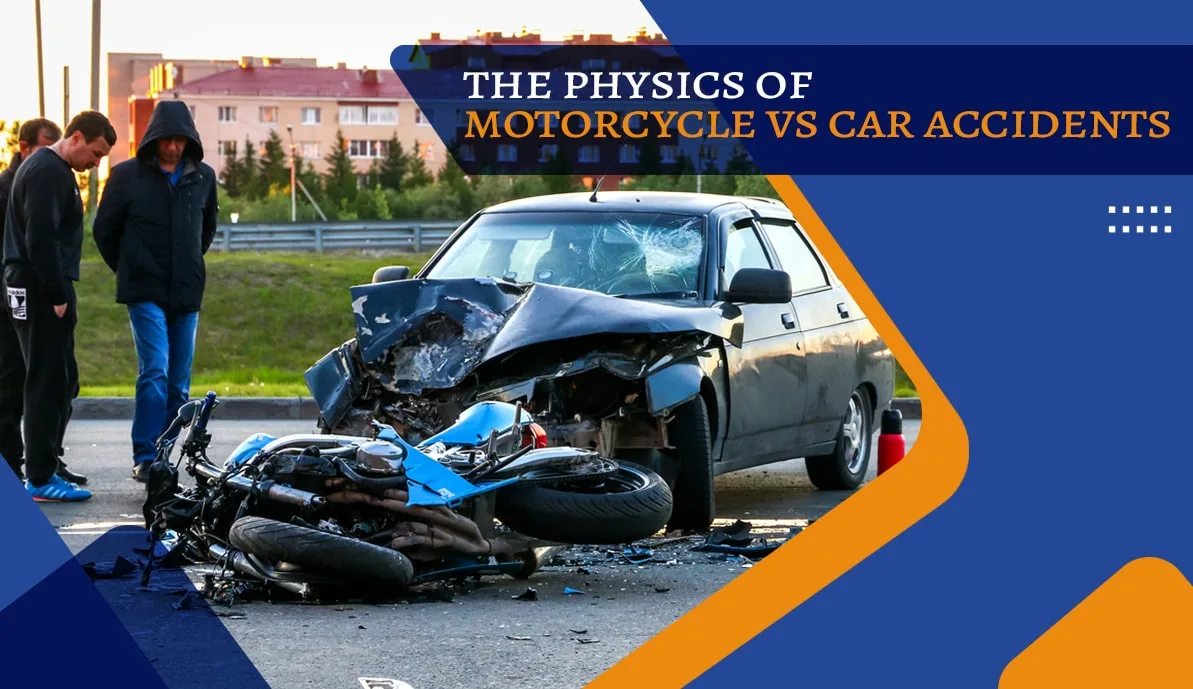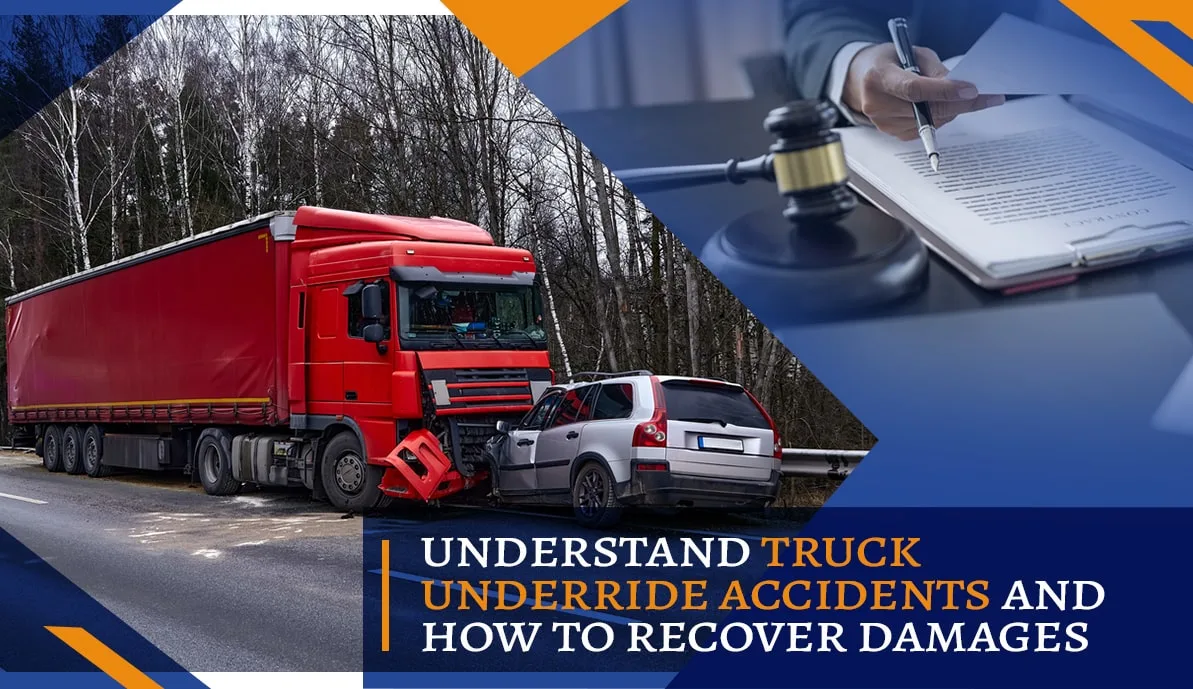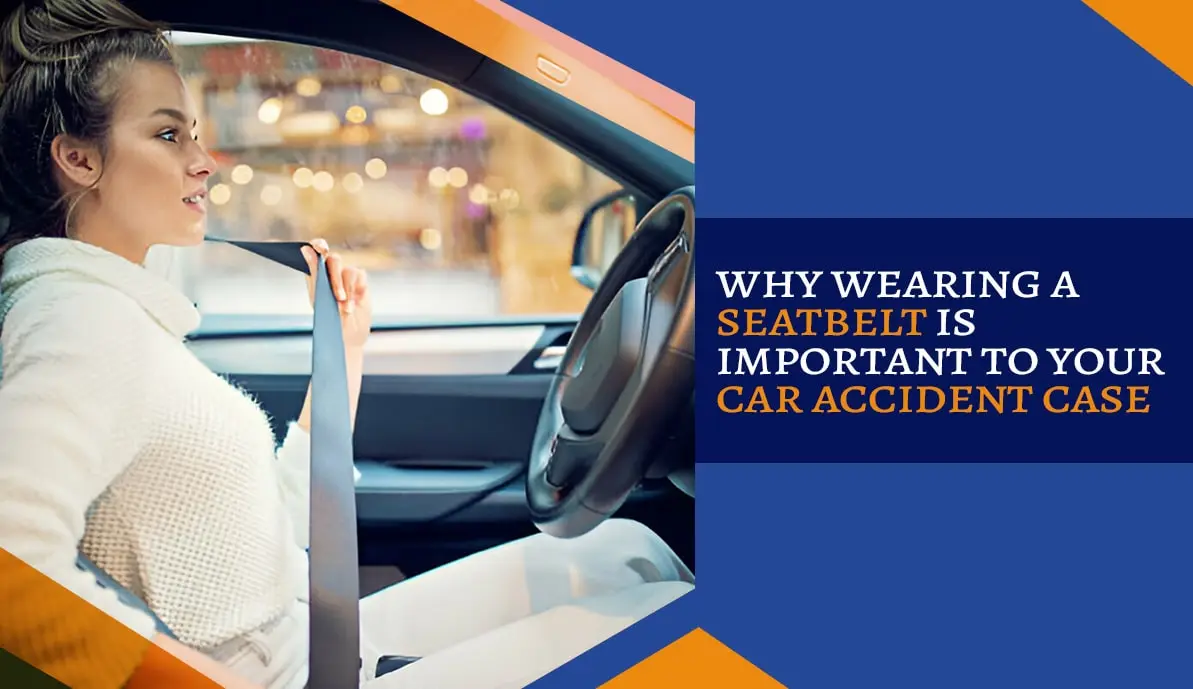When two vehicles collide, the results depend heavily on size, speed, and structure. Physics plays a critical role in collisions involving trucks and cars, as trucks are significantly larger and heavier than passenger cars. This size disparity dramatically alters how energy is transferred during an accident.
The outcome isn’t just about dents and broken glass. It’s about momentum, force distribution, and human vulnerability. Understanding the science behind these crashes reveals why such collisions are more severe and often more fatal than those involving two similar-sized vehicles.
Mass, Momentum, and Impact
Mass Makes the Difference
A loaded semi-truck can weigh up to 80,000 pounds, while a typical car weighs around 3,000 pounds. This stark contrast alters every dynamic during a crash. In physics, momentum equals mass times velocity. A truck, even at low speeds, carries significantly more momentum than a car.
This momentum doesn’t dissipate easily. During a collision, the car absorbs most of the impact force because it has less mass to resist it. The truck keeps moving forward while the car gets pushed, crushed, or flipped.
Kinetic Energy in Motion
Kinetic energy increases with the square of speed. A truck going 60 mph carries far more kinetic energy than a car at the same speed. This energy must go somewhere during a crash, and that usually means into a smaller vehicle.
This is why truck vs car accidents often result in catastrophic damage to the car. The sheer force can crush structural components, breach the passenger cabin, and cause severe or fatal injuries.
The Role of Vehicle Design and Safety
Crashworthiness and Safety Features
Cars today are built with crumple zones and airbags designed to absorb and distribute crash forces. Trucks, however, sit higher off the ground. This elevation allows them to override the car’s crumple zones entirely during impact.
The mismatch in bumper height and frame construction contributes to what’s known as underride accidents. In these, the car slides under the truck, often shearing off the top of the vehicle.
The unfortunate reality is that truck vs car accident statistics consistently show higher fatality rates for car occupants. According to the National Highway Traffic Safety Administration (NHTSA), over 70% of fatalities in such crashes involve car drivers and passengers.
Blind Spots and Braking Distance
Physics also affects what happens before the impact. Trucks have large blind spots on all four sides. If a car lingers in one of these zones, the truck driver may not see it. Trucks also take 20-40% longer to stop, especially when fully loaded.
These delays in perception and reaction time increase the chances of a severe crash. While a car can swerve or brake quickly, a truck’s mass resists abrupt changes.
In many car vs truck accidents, it’s not speed but delayed braking that determines the severity of the impact. Time and distance become critical safety factors.
Legal Implications and Collision Aftermath
Who’s Liable?
The question of liability in truck crashes is complex. Multiple parties may be involved: the driver, the trucking company, cargo loaders, and even vehicle manufacturers. Because trucks are regulated by federal transportation laws, proving negligence requires legal expertise.
Lawyers and investigators often turn to crash reconstruction specialists. They analyze skid marks, vehicle deformation, and black box data to understand the physics behind the collision.
In severe truck vs car accidents, this analysis helps determine whether the truck driver was speeding, distracted, or in violation of service hour rules.
Legal Support for Victims
Victims of such collisions often suffer lifelong injuries. Recovering damages for medical costs, lost income, and emotional trauma requires strong representation. Working with a skilled car accident attorney helps gather essential evidence and negotiate with insurers who may downplay truck driver responsibility.
A competent truck accident lawyer understands both traffic law and physics. They use expert testimony and technical reports to build a solid case.
These professionals know how to link the physics of the crash to the injuries suffered. They also know how to expose flaws in trucking company protocols that may have contributed to the crash.
Case Outcomes and Settlements
Compensation varies based on injury severity, fault distribution, and vehicle damage. But truck vs car accident statistics reveal a pattern—cases involving trucks often lead to higher settlements due to the devastating nature of the crashes.
This isn’t just about medical bills. Courts also consider the mental and emotional toll on the victims and their families. These elements are often emphasized by a dedicated truck accident lawyer during litigation.
Preventing Future Collisions
Better Engineering and Enforcement
Technology can reduce the frequency and severity of truck crashes. Modern trucks now feature automatic emergency braking, lane-departure warnings, and stability control systems. These tools are designed to counteract the laws of physics before they turn deadly.
Likewise, road infrastructure can improve safety. Rumble strips, wider lanes, and longer off-ramps all help manage the unique behavior of heavy trucks.
Education is another vital tool. Car drivers should learn how to navigate safely around trucks. Defensive driving practices, especially around blind spots and stopping zones, are essential.
Legal and Civic Accountability
Preventive laws and strict enforcement also play key roles. Agencies must monitor truck maintenance, driver hours, and load weights. Ignoring these safety standards makes car vs truck accidents more likely and more dangerous.
In case of violations, timely legal action by a car accident attorney can initiate policy changes within companies. Legal accountability encourages better training, equipment upgrades, and stricter oversight.
Such systemic improvements ultimately reduce the number of crashes and improve the outcomes when collisions do happen.
The Bottom Line
The physics behind truck and car collisions paints a stark picture. It’s not just a matter of bigger versus smaller. It’s about momentum, energy transfer, and design limitations. As long as trucks and cars share the road, understanding these forces is essential for both safety and justice. By learning how these crashes happen and who is responsible, individuals and institutions can take meaningful steps to reduce harm.

